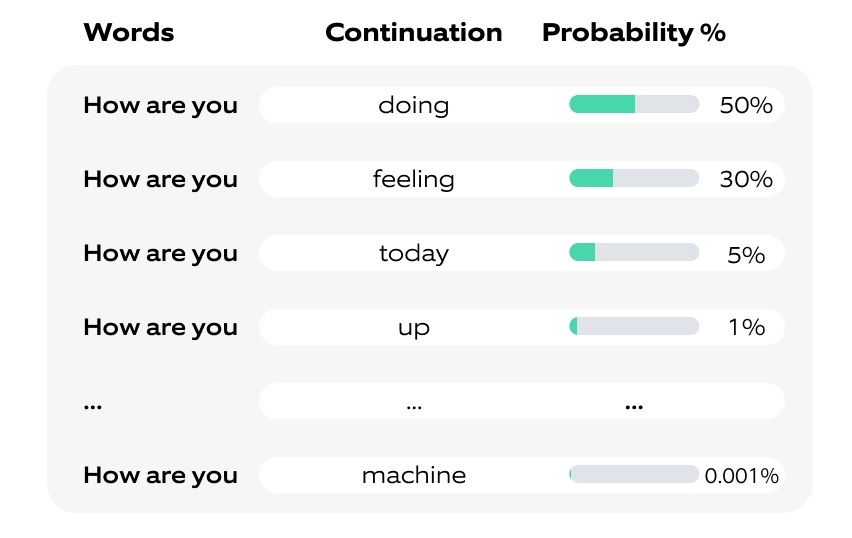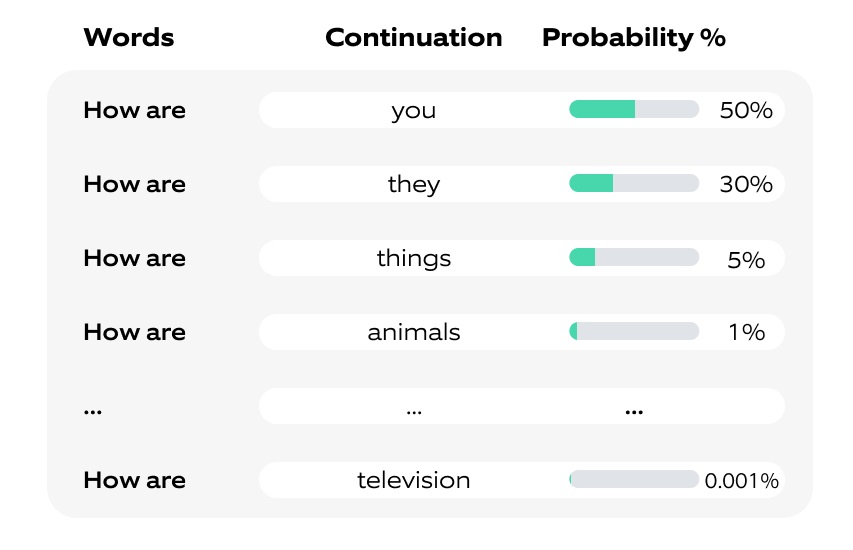As IT leaders grapple to identify how to deploy Generative AI today, the key question looms – where to deploy these powerful tools in the boundless expanses of the public cloud or within the secure confines of your own on-premises domain?
Most tech leaders respond with the standard “it depends” answer, which rarely provides actionable insights. The future of artificial intelligence (AI) holds enormous potential that can catapult your business to unimagined heights. This article addresses this very question.
Why deploy LLM on-premise
The base use cases (chatbot, text search, image generation, etc.) can now be easily put together using cloud services. However, the complexity will exponentially increase if we aim for more complex solutions that combine all the above capabilities and add constraints such as security, privacy and custom business processes. In such situations, using standard services in the cloud may not be enough.
Using an off-the-shelf or open-source model, where you develop, test, and tune your application on-premises, you can apply AI to your data and achieve greater processing efficiency while maintaining control over your data.
When designing an LLM/GenAI-based solution for your or your client’s business, the following non-functional requirements (NFRs) often apply and can be covered by an on-premises solution:
Data security and privacy
On-premises hosting gives you a higher level of control over your data. For industries with stringent data security and privacy regulations, such as finance or healthcare, hosting LLMs on-premises ensures that sensitive information stays within your physical or virtual boundaries.
Regulatory compliance
Certain industries like finance, healthcare, and government are subject to strict regulatory frameworks. On-premises hosting allows you to ensure compliance with industry-specific regulations by keeping sensitive data and language model processing under direct control.
Customized security measures
You may have specific security protocols and measures tailored to your infrastructure. On-premises hosting allows the implementation of customized security controls and ensures that the LLM is integrated into the existing security framework in a way that complies with your policies.
Network performance and latency
On-premises hosting can provide lower network latency, which is critical for applications that require real-time or near-real-time response. This is particularly important in scenarios where fast inference of language models is required for applications such as chatbots, virtual assistants, or real-time data analysis.
Complete control over resources
Hosting LLMs on-premises gives you complete control over the infrastructure and resources used for the language model. This control is valuable for optimizing performance, managing resource allocation, and ensuring the model is responsive to your needs.
Data residency requirements
You may be subject to legal or contractual obligations that require data to be stored in specific geographic regions. With on-premises hosting, you can meet data residency requirements without relying on external cloud providers.
Cost predictability
While on-premises hosting may involve a higher initial investment, it offers long-term cost predictability. Having a fixed cost structure can be beneficial, especially if usage patterns are well-established and relatively constant.
Offline access and redundancy
On-premises hosting ensures that the LLM remains accessible even when internet connectivity is limited or unreliable. You can also implement redundancy and failover mechanisms to increase system reliability.
Protection of intellectual property
If you work with proprietary algorithms or business-critical models, hosting LLMs on-site can be a measure to improve intellectual property protection. It minimizes the exposure of sensitive models to an external cloud infrastructure.
Strategic control over upgrades and maintenance
On-premise hosting provides you with strategic control over the timing and execution of upgrades, maintenance, and changes to the language model infrastructure. This level of control allows you to manage these processes in accordance with your operational schedules and requirements.
You may be thinking that hosting LLM and GenAI-based solutions on-premises is difficult, and you are right. But with the right expertise and the use of platform accelerators, you can eliminate the complexity of the infrastructure setup covering the NFRs and concentrate only on the functional requirements.
If you decide to go this route, I recommend partnering with an experienced company. This partnership will drastically reduce the initial cost of building or acquiring the required knowledge.









